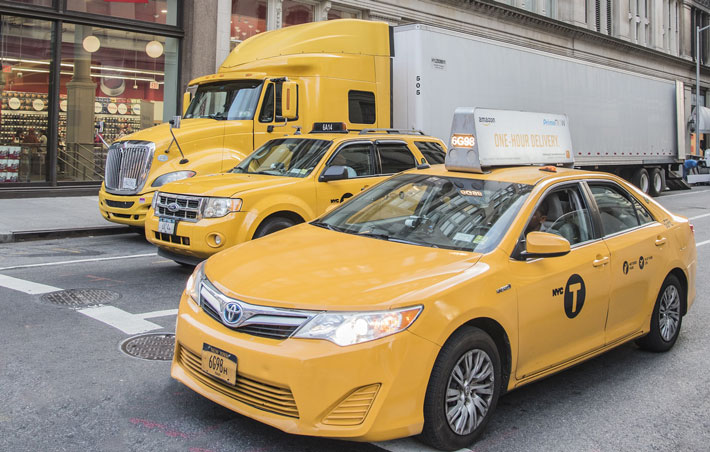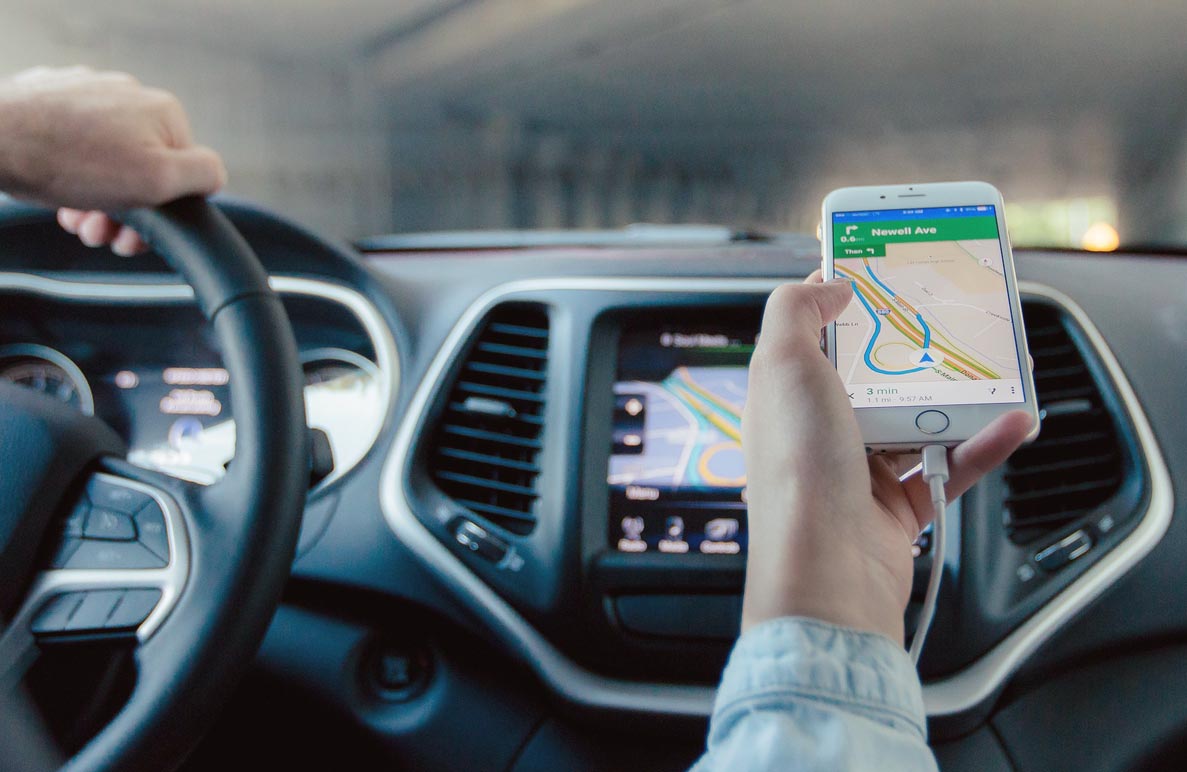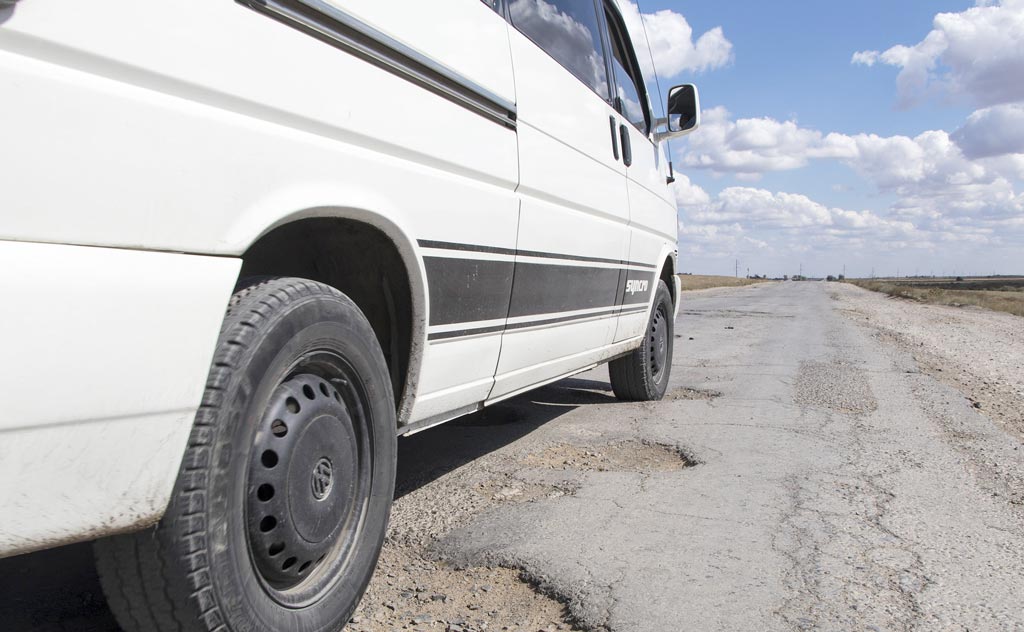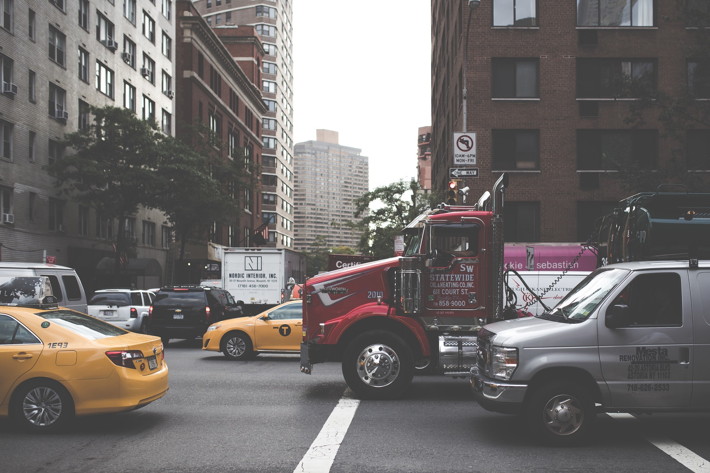Uber-Like Apps Coming to Trucking Industry
You’ve probably used a ride-sharing app like Uber or Lyft at least once within the past year. Whether you needed to be picked up from the airport or needed a ride home after a bit too much at happy hour, ride-sharing apps have been the go-to options for many people because of their ease and […]

June 2, 2017

You’ve probably used a ride-sharing app like Uber or Lyft at least once within the past year. Whether you needed to be picked up from the airport or needed a ride home after a bit too much at happy hour, ride-sharing apps have been the go-to options for many people because of their ease and efficiency. In-app payment and tipping options, the ability to rate your driver, access to a map to know exactly when your ride will arrive—all of these conveniences are essential to the typical ride-sharing experience and are located directly on your smartphone.
But what if you applied these same conveniences to the trucking industry? What if you needed to ship your latest product and simply opened an app and found the closest truck available?
Technology and trucking are combining to create companies like Convoy, Cargomatic, and TugForce, and they all have one goal in mind: to be the Uber of the trucking industry.
How Does It Work?

Uber and Lyft are fairly easy to understand because they’re similar to the taxi cab system found in most cities across America, except made easier and more transparent on a smartphone. But how would similar apps work for the trucking industry? What would the process look like?
The process parallels ride-sharing apps at the beginning. When you’re looking for a ride, you open Uber, Lyft, or a similar app and “order” a ride. You’re matched with a driver that’s close to you. For the trucking industry, a consumer would place an order for goods and that order would be matched with a truck that’s nearby. One thing these trucking apps would have to take into account that Uber and Lyft don’t is that they’d have to make sure the truck driver who is nearest also has the right equipment for the order.
Once the nearest truck with the right equipment is identified, the app would calculate the estimated shipping costs, and the consumer would place the order. The truck driver would receive a map to the destination, and the consumer would be able to view the same map and see where the truck driver is in real time.
How Does It Affect Safety?

Apps like Uber and Lyft are famous because they “cut out the middleman.” They offer freedom and flexibility to drivers and lower prices and more transparency to riders. But how would a similar system affect the trucking industry?
For truckers, it would give them the opportunity to streamline their routes and fill any extra space in their loads to make sure they’re never wasting time or space they could be using to deliver goods. For consumers, it would help them transport products at lower costs.
But apps like Uber and Lyft are also infamous for their lack of regulation to the detriment of the safety of their users. Although Uber requires drivers to complete an online screening, criminals have been known to pass through undetected, resulting in deaths, assaults, and incidents of sexual harassment.
For the trucking industry, users of Uber-like apps wouldn’t be entering the trucks of the drivers themselves, so their personal safety would likely be easier to guarantee. However, it’s the safety of other drivers on the road that would be at risk.
Uber-like trucking apps would utilize noncommercial drivers who own larger noncommercial vehicles (trucks, vans, etc.) as last-mile drivers to get products to customers’ homes more quickly. According to the Federal Motor Carrier Safety Administration (FMCSA), the current Hours of Service regulation standards to which commercial truck drivers are held don’t specifically apply to noncommercial drivers transporting cargo in a vehicle that weighs less than 10,001 pounds. This means that the rules that require property-carrying truck drivers to spend 10 consecutive hours off the road and only drive 11 hours at a maximum would not apply to noncommercial drivers. These noncommercial drivers, enabled by Uber-like apps to set their own schedules and untouched by the Hours of Service regulations, could therefore streamline their routes and work more than the 11-hour maximum without resting, endangering the lives of other drivers on the road.
That’s not to mention that, if you are hit by a truck driver working for an Uber-like company and you sustain serious injuries, your options for recovery may be limited. Currently, companies like Uber and Lyft deny their responsibility for the actions of their drivers, making it difficult to sue them for damages sustained in car accidents caused by their drivers. Typically, if you are in an accident with a commercial truck and the truck driver is at fault, there are five different parties that may be held responsible:
- The truck driver
- The trucking company
- The truck manufacturer
- The company that loaded the truck
- The company responsible for maintaining the truck
The ability to hold a company responsible for perhaps a properly maintained or loaded truck may be more difficult if Uber-like companies take over the trucking industry and consider their truck drivers to be “independent contractors” instead of employees for which the company is responsible.
The Future Is Now

If you think these Uber-like apps are just a passing trend for the trucking industry, think again. Even Uber itself is planning to unveil Uber Freight this summer. Soon, the process of shipping goods may be just a few taps on your smartphone. Anticipating how these changes will affect not only truckers but also other drivers is important to ensuring the safety of everyone on the road.